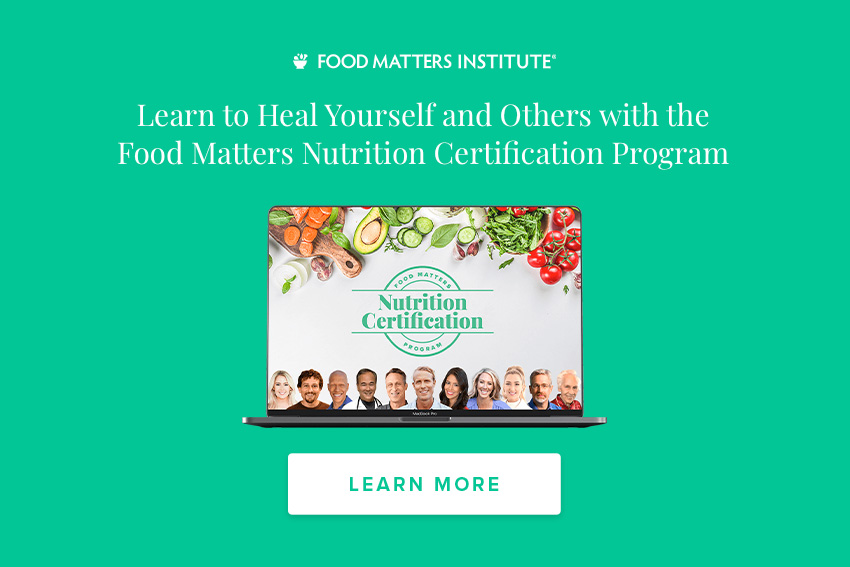The Dangers of Toxic Tampons
Once a taboo subject, we are beginning to talk more openly and freely when it comes to women’s health issues. Yet we still put quite a lot of misguided trust in the hands of the companies and corporations who manufacture many of the products we use on a monthly basis. Of course we can only assume and hope that they have our best interest and health at heart, but much like the food industry, many of these manufacturing processes and ingredients are unmonitored, undisclosed, and unregulated. This leaves the 85% of women who buy into the over $2 billion dollar a year feminine care industry in the dark about what’s really lurking in these products and how they affect our health.
As we slowly grow towards full transparency in feminine hygiene products, here’s what we should know when it comes to the dangers of toxic tampons.
Why Should We Be Concerned?
Much like what we eat, what we apply to our skin and put in our bodies directly affects our health. The vagina is the most absorbent organ in a woman’s body, absorbing 10-80% more of a chemical than when we are exposed orally to these same potential toxins. The delicate, thin skin surrounding the vagina and permeable mucous membrane are extremely susceptible and sensitive to whatever we apply or insert.
Like any other major conglomerate, huge budgets are set aside to promote these products and persuade us that we need them for our health and hygiene. Yet there is little to no data indicating that the ingredients used in these products are safe. In fact, because feminine hygiene products fall under medical products, companies don’t have to disclose the full list of ingredients or chemicals used. When tested though, many top-selling feminine care products contain chemicals and ingredients that are known carcinogens, reproductive toxins, endocrine disruptors, and allergens.
Women use an estimated 11,000 tampons in their lifetime. While there may be no data or lifetime trials indicating a direct correlation of these toxic tampons to the many women’s health issues on the rise, one could imagine that a lifetime of repeated use and exposure to these toxic compounds could significantly impact our health, hormones and monthly cycles.
What To Be On The Lookout For, Avoid And Why:
Artificial Fibers
One would expect the cotton-like pads and tampons to contain just that, but in fact a large percentage of tampons and pads are composed of synthetic fibers like viscose rayon. These synthetic fibers in tampons may not be as troubling or problematic on their own, but the processes to create these materials require chemicals which are known to be harmful. In addition, these fibers have been found to irritate and stick to the vaginal canal, possibly removing protective moisture barriers and disrupting delicate pH balance.
Pesticide Residue
Cotton is among the most-highly pesticide-affected crop, sprayed with a number of toxic chemicals. These pesticides don’t necessarily leave the plant when they are cleaned and processed, meaning these known carcinogens and endocrine disruptors are absorbed readily. Eight of the ten most commonly used pesticides sprayed on cotton crops are classified as moderately to highly hazardous by the World Health Organization. Unless stated organic, cotton is also often of GMO origin, which has other potentially hazardous and unstudied effects.
Bleaching Agents, Dyes, And Fragrances
Because only a fraction of the ingredients may be listed, it’s hard to know just what is in these products and more so, how they are processed. When it comes to fragrance, these synthetic scents are dangerous, irritating to the skin, and disrupting to the hormones, even when applied topically.
When cotton is cleaned and processed, it is often bleached and/or dyed to purify and sterilize the material. These chemicals used are known carcinogens, cause reproductive harm, disrupt the hormones and endocrine system, and cause topical rashes and irritations. Dioxins and furans are common bleaching agents directly linked to endometriosis in lab studies, and which, according to The Healthy Home Economist and FDA, are present in several brands of tampons and may even be present in feminine products that practice chlorine-free bleaching methods.
*Keep in mind, while tampons are a top concern when it comes to women’s hygiene products, since they are inserted into the vagina, these chemicals are just as dangerous in sanitary pads, lotions, douches, washes, and anything you insert or apply to the vaginal area or skin in general.
Upgraded Products
Thanks to the growing trend of full transparency of feminine hygiene products, we do have healthier and safer choices. There is a growing trend of using 100% organic cotton tampons, which is certainly a step in the right direction. Other products such as tampons made from natural sea sponges, medical-grade silicon or rubber cups, or fabric pads are also becoming popular choices.
What’s more, women are beginning to speak out, reporting that their periods have become less painful, lighter in flow, and hormone levels restored by switching to natural products. To hear their stories, check out their comments.
Organic Tampon Companies
What are your thoughts on the matter? Have you used any of these more holistic or alternative period products?
Do you have a passion for nutrition & natural healing?. Learn more about the Food Matters Nutrition Certification Program here.









